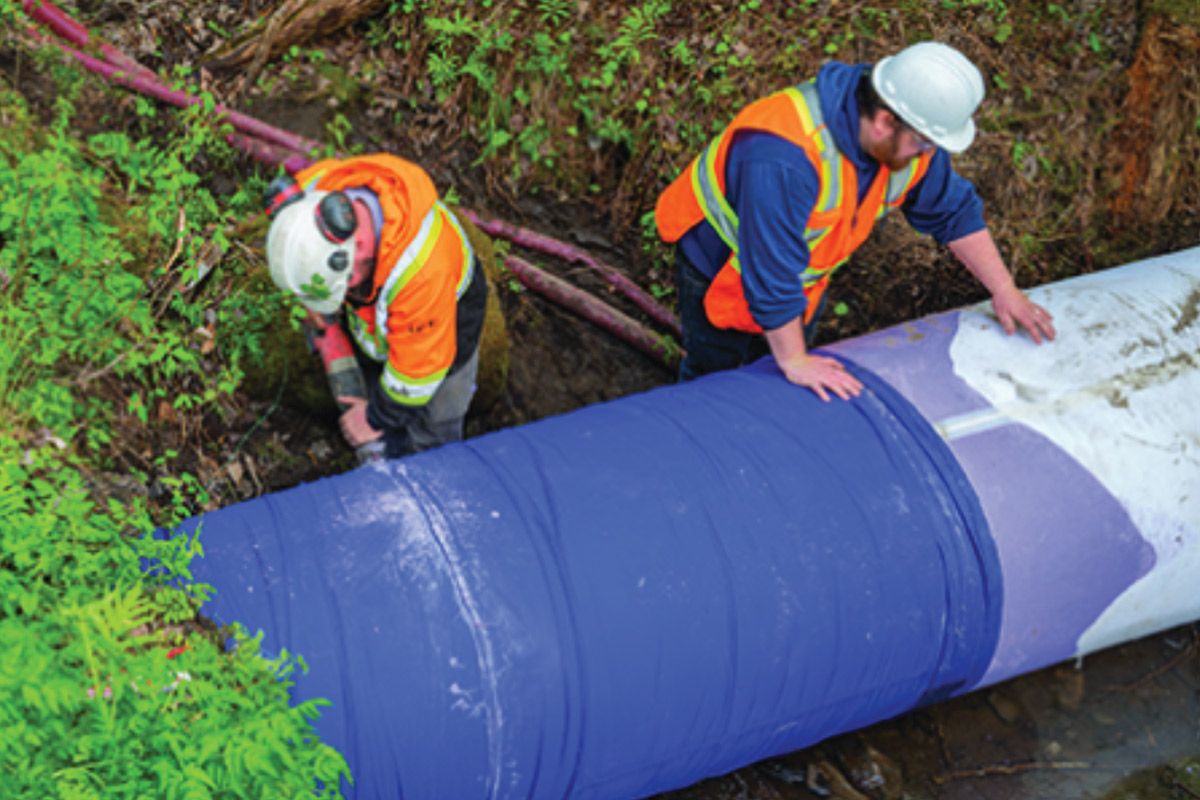
Last Word: Creating a Supportive Space to Address Substance Use
Prescription or recreational substance use can impact a worker’s alertness, accuracy, quick reflexes and capacity to work safely — especially while performing safety-sensitive jobs.
It’s important for employers to establish consistent policies and guidelines regarding substances and their use, outlining what is acceptable at work, and what is not. A great place to start policy discussions is by defining what is considered to be impairment on the job.
Workers also need to know how to recognize impairment in themselves or others, and when to come forward. They need to know who to report their concerns to, and their right to confidentiality when they come forward. They should know how impairment will be addressed in the workplace and the support available to workers struggling with substance use issues.
Addressing impairment is key to reducing risk of injuries, and even fatalities, in the workplace. Employers need to develop a safe, stigma-free environment where workers feel comfortable asking for the support they may need.
Opioids in the Workplace
People working in physically demanding jobs experience a higher rate of injuries that often require pain management. Opioids are sometimes prescribed to manage pain, including pain from injuries sustained at work.
Since opioids can cause a sense of euphoria (a feeling of being high), there is potential for the drugs to be misused or for workers to become vulnerable to opioid dependency.
The short-term side effects of opioid use can include drowsiness, nausea, vomiting, difficulty breathing, headaches, dizziness and confusion. These effects may cause impairment and impact the ability to do tasks safely. Long-term, opioids can have serious effects on the body’s systems and functions, including liver and kidney disorders and mental health concerns.
To reduce risk, employers should look for ways to prevent physical injuries from occurring in the first place. Assess the hazards in your workplace for processes and tasks that put workers at risk of musculoskeletal disorders, including back injuries.
Introduce health and safety measures to reduce risks associated with overexertion, repetitive movement and other physical strains. Proper training in manual lifting and the use of material handling aids, such as rollers, jacks, and platforms, can help take the strain off workers’ bodies. Likewise, mechanical equipment, such as forklifts, hand trucks, and hoists, can also help prevent injuries.
Recognizing Impairment
Substance-related impairment may look different for each person. Glassy or red eyes, slurred speech, unsteadiness, poor co-ordination, and odours of alcohol or cannabis can be signs.
An impaired person’s judgment, depth perception and emotional state may also impact their ability to work safely. The after-effects of substance use, such as hangovers, withdrawal, depression, or absenteeism can also affect job performance.
Intervention is required if the worker is unable to perform their job safely, including if their judgement or cognitive ability is impacted.
Note that a supervisor or manager is not responsible for diagnosing substance use or addiction; their role is to recognize impairment and respond appropriately according to their organization’s policy.
These steps may involve speaking with the worker in private with a witness present. It is important to invite the worker to explain what is happening and to emphasize that the concern is about maintaining a safe working environment and the worker’s well-being.
State your concerns in an unbiased and factual manner and avoid blame or judgment. Identify any consequences if the issue continues and what steps must be taken.
In some cases, it may be necessary to assign non-safety sensitive work or ask the employee to stop working and arrange for a safe way home. If applicable, notify senior management or a union representative.
Offering Safe, Stigma-Free Support
Stigma is an attitude, belief or behaviour that discriminates against people. Stigma surrounding substance use, addiction, and recovery can prevent people from seeking help for fear of appearing unreliable or weak. They may also worry about losing their jobs.
Assure workers they will not be stigmatized for seeking help, and that their livelihood is not at risk. Acknowledge the various forms of impairment without adding judgement. Inform workers about workplace accommodations and return-to-work options. Make them aware of confidential employee assistance programs, as well as supports within the community.
Create an environment where workers struggling with substance use feel comfortable coming forward. Review policies for stigmatizing language and update with empathetic and neutral alternatives.
One of the most impactful ways to support employees is to model person-first language free of labels. Instead of saying “a substance abuser,” say a “worker living with a substance use disorder” or a “person in recovery.”
Words matter — you can support workers who are struggling with substances while breaking down barriers to the help they may need by reframing the language you use.
The Canadian Centre for Occupational Health and Safety (CCOHS) promotes the total well-being — physical, psychosocial, and mental health — of workers in Canada by providing information, advice, education, and management systems and solutions that support the prevention of injury and illness. Visit ccohs.ca for more safety tips.
Did you know?
Substance use is a spectrum, ranging from beneficial use, low- to high-risk use and addiction (substance use disorders). Addiction is a treatable medical condition that affects the brain and involves compulsive and continuous use despite negative impact. When diagnosed, a substance use disorder is a recognized disability under federal, provincial and territorial human rights legislation. Employers must accommodate substance use disorders in a respectful, timely and collaborative manner.
Provided by Canadian Centre for Occupational Health and Safety (CCOHS)




